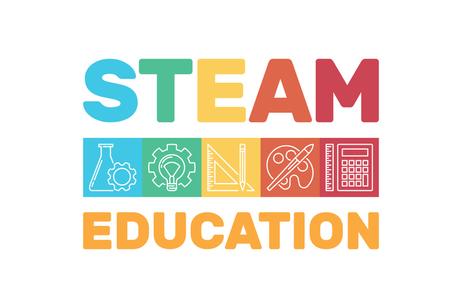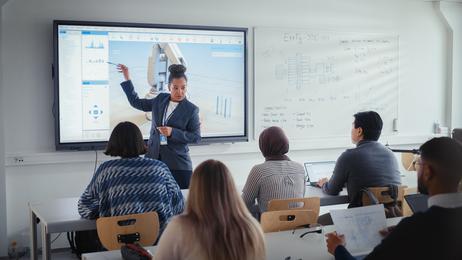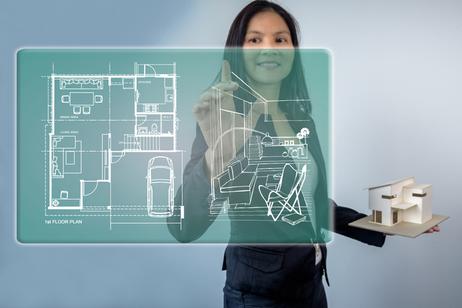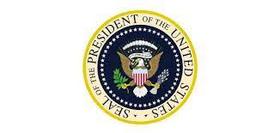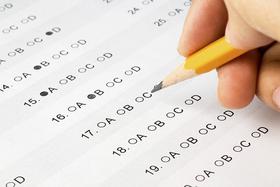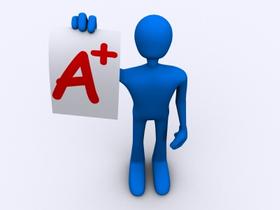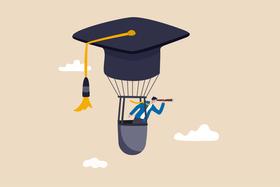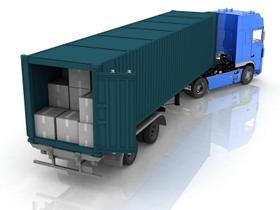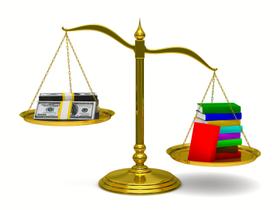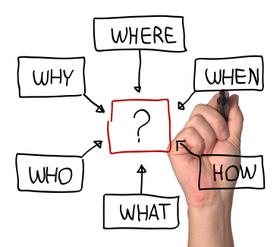The Tech Divide
Simply put, the tech divide I am referring to deals with schools that have robust technology and those that don't.
- K-12 education in the second decade of the 21st century needs five well-developed components to be successful.
- These components are not stand-alone items.
- They are linked and complement each other.
- The entire package is essential to overcome the tech divide in many parts of America.
If you've read this far, you're probably wondering why I am stating the obvious. After all, your private school has the best of everything. That's why you are sending your kids there. What I want you to do is to share that insistence on having the best possible educational outcomes for your children.
- Share it with a teacher you know.
- Introduce the local district IT director to your IT director.
- Create partnerships.
- Use your connections to overcome the technology divide.
Canva generated this picture of a private school 7th-grade classroom.

Enhanced Connectivity
Enhanced Connectivity in all our schools, private and public, is not just a luxury but a necessity.
- We expect the private school to which we are sending our children to have reliable, high-speed internet access.
- We know that facilitates seamless learning experiences.
- This connectivity is a crucial step that involves more than simply setting up a couple of routers around the school buildings and campus.
- Connectivity is also about ensuring



